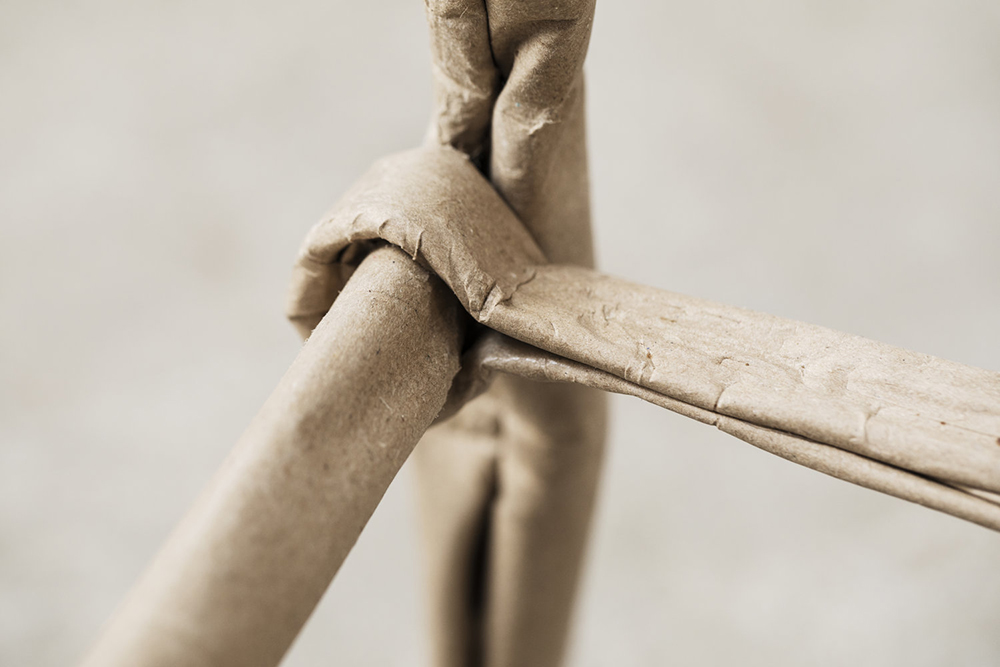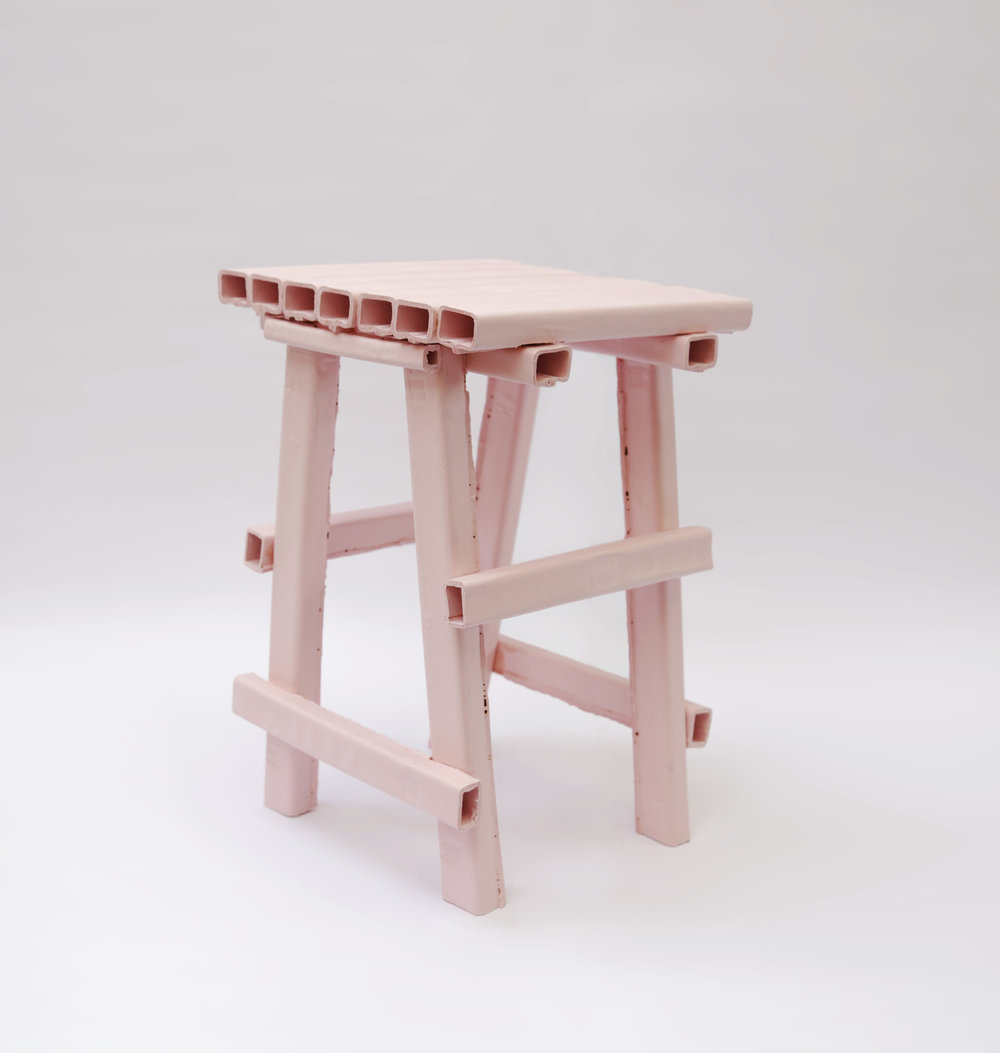
Malleable furniture
Several layers of paper are superimposed, glued and then skilfully modeled by hand to create the new collection of furniture and furnishing objects by London designer Ying Chang.
The collection, consistently called Malleable State, is constantly expanding and includes not only pieces such as shelves, vases and mirrors, but also real furniture such as stools and tables.
The designer’s choice fell on paper for the creation of her collection as a material widely used and often thrown or recycled after use as it is considered of little value (packaging, packaging …).
The project aims to experiment with the plastic and aesthetic possibilities of this material, thus pushing common opinion to re-evaluate their perception of it.
 Image courtesy of Ying Chang
Image courtesy of Ying Chang
Similarly to papier-mâché, the compound of paper and glue used by Ying Chang becomes a malleable and ductile material similar to clay, capable of assuming the most disparate shapes following the hand modeling process.
Unlike traditional papier-mâché, the paper is not torn into small parts and then joined to form a sort of pulp, but large whole sheets of paper are glued on top of each other. This procedure not only keeps the surface of the paper intact but also allows you to create “crumpled” details during modeling that follow the folds impressed on the surfaces.
 Image courtesy of Ying Chang
Image courtesy of Ying Chang
Once the product is dry, it remains in the shape that was impressed on it and the material has resistance characteristics comparable to those of wood. This phenomenon is easily understandable if we consider that even a simple sheet of paper if folded dozens of times on itself multiplies its resistance exponentially.
Initially, the designer used only papers that had shades of color similar to the common industrial packaging cardboard, to clearly denounce the material component she chose for the creation of the objects.
Later, more peculiar colors and patterns began to be integrated (also obtained through printing), to give the creations a more ambiguous aspect, capable of arousing curiosity and surprise in the observer towards the material used.
 Image courtesy of Ying Chang
Image courtesy of Ying Chang
 Image courtesy of Ying Chang
Image courtesy of Ying Chang


